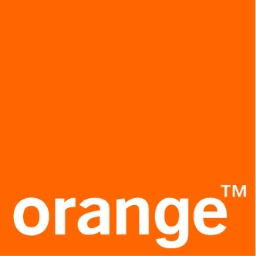- 04 74 78 22 29
- [email protected]
- Lun - Ven : 9:30 - 18:00
Virtual reality training in machine intervention for technicians
Development
Unity
Plateforme
Samsung Gear VR

Usually used to make video games more immersive, virtual reality is increasingly used for more entertaining purposes, particularly in the context of training.
Indeed, VR allows to virtually place the trainee, called « learner », in his working environment with his tools and all his devices.
We worked for Orange, a French telecommunication company, on a virtual reality training project.
At the beginning, several problems were encountered by Orange concerning the training of its technicians. Among these problems :
– The lack of infrastructures in France that group together all the equipment necessary for training,
– The large number of technicians to be trained
– The high cost of the machine mock-ups, as well as the fact that they are difficult to transport from one training center to another
The training is thus carried out in the form of a « Serious game », a training tool using new technologies to communicate, inform or train on a subject in a more attractive way. This system reproduces reality faithfully and immerses the learners in the training room, surrounded by the machines and tools necessary for the intervention.




The fact of carrying out all the stages of the intervention in VR limits the risks of damage to the machines and also limits the risks, for our customer, of losing access to their network in the case of an error on a machine in service in reality.
VR integrates greater interactivity into the training, which also allows for more personalized support for each learner by allowing them to understand and adapt to their own pace.
In addition, in case of error during the intervention on the machine, the game returns to the moment before the error, it is not necessary to restart the whole intervention and lose time as in reality. Still with the aim of saving time, while in reality it would be necessary to reprogram the training machines to repeat the training to a new technician, in VR it is enough to restart the game from the beginning.
This device is an investment that allows, in the long term, to limit training costs. Indeed, the training tools, i.e. the laptop and the oculus rift, are now portable: this no longer forces companies to create training centers or to pay for the technicians to travel to the centers. Moreover, once the application and the whole device are created, everything is easily replicable.
Virtual reality allows to model a working environment at a lower cost and allows the manipulation of heavy, fragile and expensive devices and tools for learning and training purposes, in a more playful and safer way.
À propos
Studio de développement spécialisé dans la production de contenus immersifs de réalité augmentée, virtuelle et mixte.
Quelque soit votre secteur d’activité, nous pouvons vous proposer des solutions adaptés pour chaque métier.
Situés au sud de Lyon, nous accompagnons les entreprises peu importe leur taille, en France et à l’international.
Contact
30 Avenue Général Leclerc,
Bât. Ellipse, Étage 2
Espace Saint Germain
38200 Vienne
Téléphone : 04 74 78 22 29
Mobile : 07 60 39 61 00
Email : [email protected]
Lundi-Vendredi :
9h30 – 12h30 / 14h – 18h